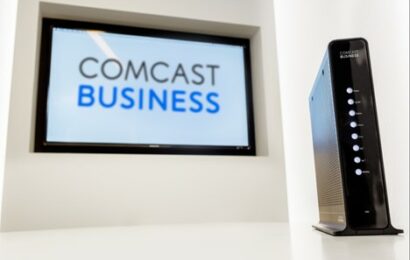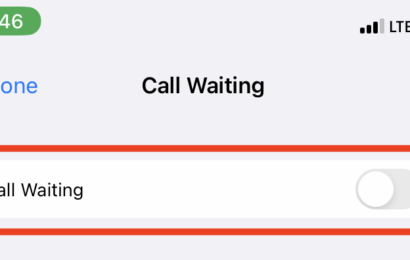An RF scanner is a wireless device that relies on radio frequencies to connect with software for information transfer. Most connectivity options available use RF scanners in some form to transmit information, including UniFi devices.
A radio frequency (RF) scan allows users know which wireless connection is a better option for your network. RF scans reveal channels with the lowest utilization (lesser connections) and least disturbance to ease connectivity.
UniFi RF scanners are common in most controllers and networking devices. These scanners are built-in to UniFi OS devices to boost better linkup with other devices in your network.
Searching for the UniFi RF scan could be challenging without correct information. That’s why this guide provides details to help you maximize RF scans on your devices with ease.
Table of Contents
What Does the UniFi RF Scan Do?
The UniFi RF scanner is a tool designed to search around its environment for information of best channels users can connect with. UniFi RF scans adopt speed tests too to recommend strong access points (APs).
How to Run an RF Scan with UniFi
Step 1: Activate your controller and log in
Turn on your controller and link it with your UniFi OS account. Next, open the client app of your controller to access a dashboard with menu options.
Step 2: Go to Tools
Select Tools from the menu options available to reveal another window with more options.
Step 3: Select Scan
Choose Scan from the options and allow the scan to run.
Step 4: Wait for scan to complete
Scans will run for some minutes and reveal all networks within your immediate environment. UniFi OS consoles with long-range scanning capabilities can stretch over a broader network for more results.
In some other UniFi OS devices, the path to RF scans read differently. You might need to go through Devices > Select Device > Properties > Tools > RF > Scan.
After following this path, wait for a short while for the scan to complete.
How Long Does a UniFi RF Scan Take?
A standard UniFi RF scan is scheduled to take place within 5 – 10 minutes. During this time, the scanner reveals how your immediate Wi-Fi environment looks to help you select better channels.
Most RF scanners in UniFi OS devices feature U6-LR long-range detection capacity, making them great for locating distant, less-occupied connections.
What is the UniFi RF Environment?
The UniFi RF environment refers to possible ranges your device can cover during a scan. UniFi OS devices with RF capabilities can extract signals from other gadgets within a specified area for potential linkup.
RF interference is minimal in an RF environment and allows UniFi receivers extract device information without massive noise.
Does UniFi RF Scan Disconnect Clients?
Currently, UniFi OS devices in the XG and SHD range don’t possess a standalone radio for wide RF scans. These devices can only perform limited RF scans, but all clients must disconnect before each search begins.
How to Fix UniFi RF Scan Not Working
First way to fix UniFi RF scan not working: Linking up with a 5G radio
Step 1: Connect a UniFi client to an active 5G radio
Link up your UniFi client with a 5G connection for better scanning potential.
Step 2: Launch some traffic-intensive activity
Next, start a YouTube video or stream content that consumes lots of traffic.
Step 3: Run RF scan again
After running this content, run your RF scan again to search for nearby networks.
Second way to fix UniFi RF scan not working: Restricting channel bandwidth
You can also fix a faulty RF scan on UniFi by reducing the bandwidth of 5GHz devices to 40 – 100MHz. Next, select channels with lesser interference and lower connections if the scan doesn’t have a broader reach.
How to Solve UniFi RF Interference
First way to solve UniFi RF interference: General troubleshooting
Step 1: Turn off unused channels on access points
Turn off all clients on your access point to reduce their interference with your RF scanner.
Step 2: Increase width for channel selection
Try to engage better placement and use a high-powered frequency best-suited for RF scans (2.4GHz or higher).
Step 3: Select channels with a high signal-to-noise ratio
Run your RF scans on a UniFi OS device with lesser connected clients to a high signal, low-noise channel.
Second way to solve UniFi RF interference: Use a Wi-Fi analyzer
Wi-Fi analyzers help you make all access points in your network don’t interfere with each other.
Does UniFi RF Scan Multiple APs?
UniFi RF scanners are capable of scanning different channels on an access point at the same time. Newer models on UniFi OS consoles can also check for surrounding network activity on multiple access points.
However, most UniFi RF scans searching through an environment with multiple channels will disconnect all users mid-scan.





